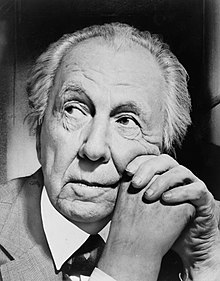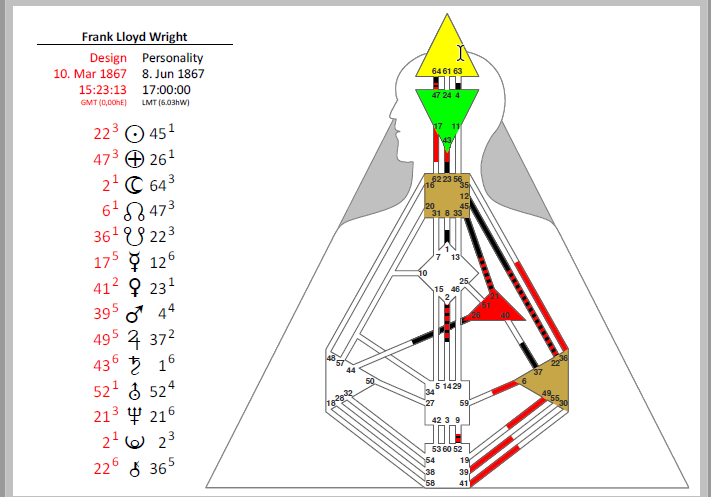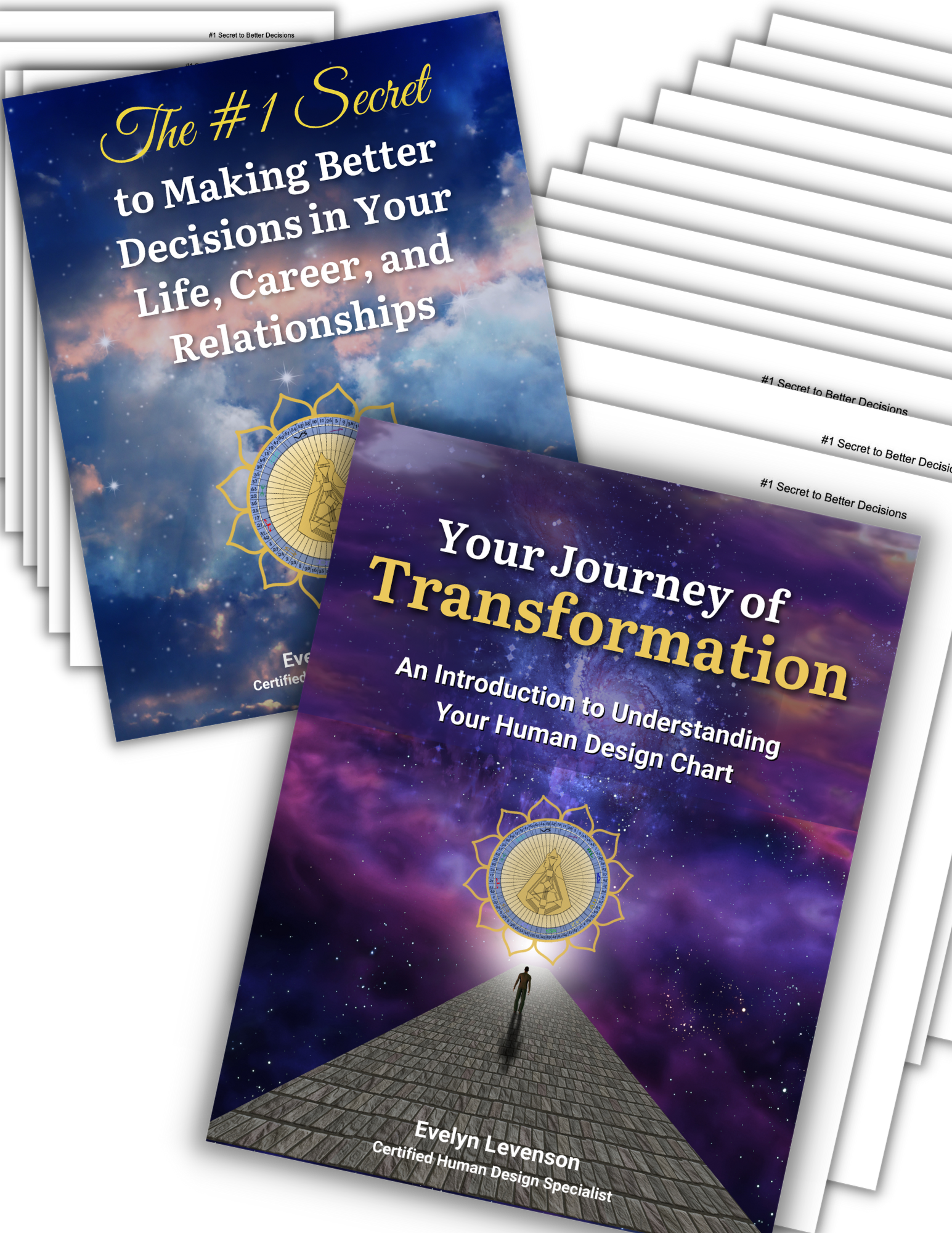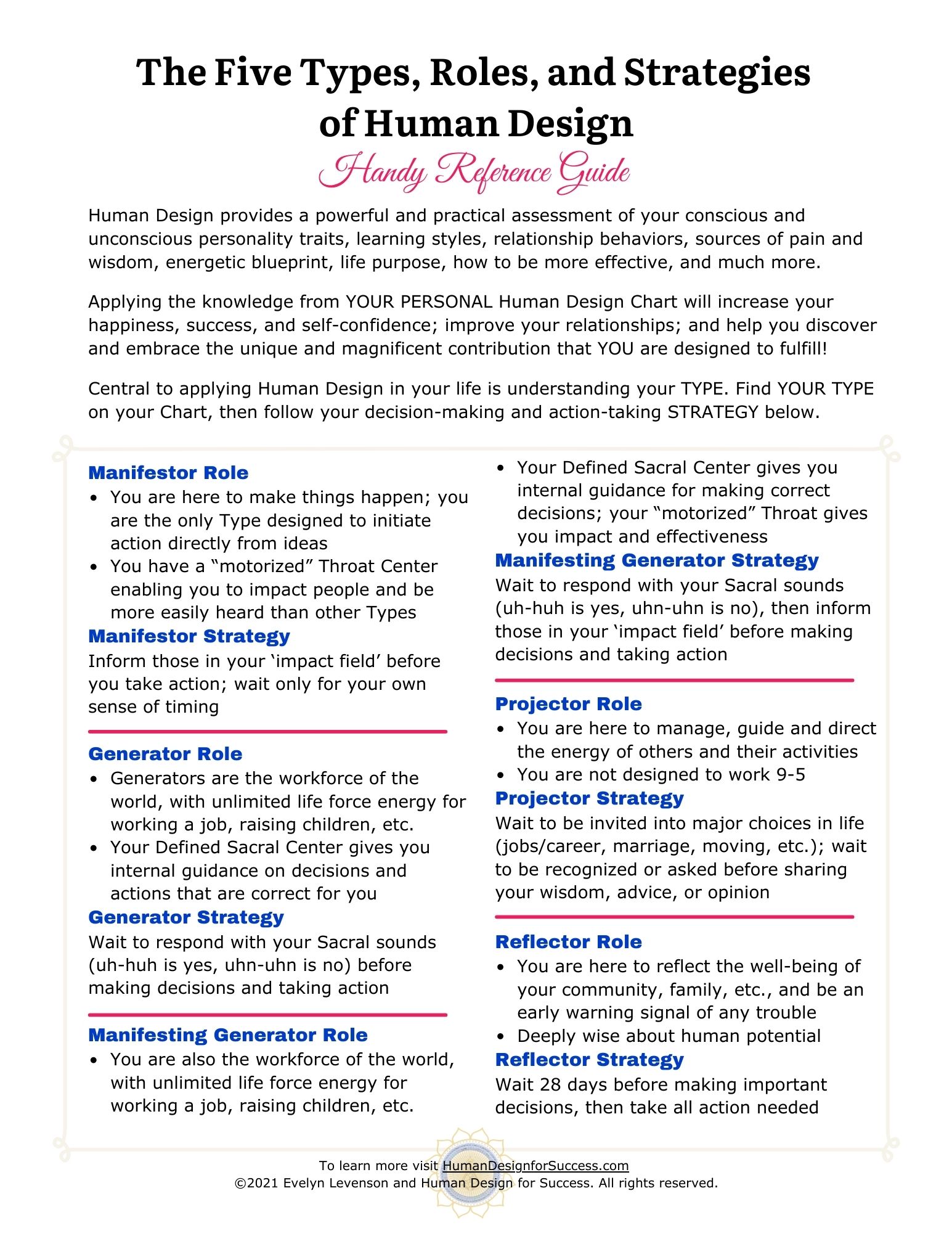 I’ve always had a fascination with Frank Lloyd Wright and his unusual perspective on designing homes, working spaces, and functional furniture. Maybe it’s genetic… my father was an architect! I’ve even visited Wright’s Fallingwater house in Pennsylvania. It is extraordinary.
I’ve always had a fascination with Frank Lloyd Wright and his unusual perspective on designing homes, working spaces, and functional furniture. Maybe it’s genetic… my father was an architect! I’ve even visited Wright’s Fallingwater house in Pennsylvania. It is extraordinary.
Since learning Human Design, I’ve had a fascination with the charts of people throughout time who have had a major impact on the world, particularly those who have elevated our consciousness and propelled us forward in positive ways. Now I get to bring these two fascinations together!
BACKGROUND
(excerpted from https://en.wikipedia.org/wiki/Frank_Lloyd_Wright; both photos from same site)
Frank Lloyd Wright (June 8, 1867 – April 9, 1959) was an American architect, interior designer, writer, and educator, who designed more than 1,000 structures, 532 of which were completed. Wright believed in designing structures that were in harmony with humanity and its environment, a philosophy he called organic architecture. This philosophy was best exemplified by Fallingwater (1935), which has been called “the best all-time work of American architecture.” His creative period spanned more than 70 years.

Wright was the pioneer of what came to be called the Prairie School movement of architecture, and he also developed the concept of the Usonian home in Broadacre City, his unique vision for urban planning in the United States. In addition to his houses, Wright designed original and innovative offices, churches, schools, skyscrapers, hotels, museums, and other structures. He often designed interior elements for these buildings, as well, including furniture and stained glass. Wright wrote 20 books and many articles and was a popular lecturer in the United States and Europe.
Later in his life (and after his death), Wright was accorded much honorary recognition for his lifetime achievements. He received a Gold Medal award from The Royal Institute of British Architects in 1941. The American Institute of Architects awarded him the AIA Gold Medal in 1949. That medal was a symbolic “burying the hatchet” between Wright and the AIA. In a radio interview, he commented, “Well, the AIA I never joined, and they know why. When they gave me the gold medal in Houston, I told them frankly why. Feeling that the architecture profession is all that’s the matter with architecture, why should I join them?”
Wright was recognized in 1991 by the American Institute of Architects as “the greatest American architect of all time.” In 2019, a selection of his work became a listed World Heritage Site as The 20th-Century Architecture of Frank Lloyd Wright.
His colorful personal life made headlines: leaving his first wife, Catherine Lee “Kitty” Tobin, and their children for Mamah Borthwick Cheney; the murders by an employee at his Taliesin estate in 1914; his tempestuous marriage with second wife Miriam Noel; and his relationship with Olga (Olgivanna) Lazovich Hinzenburg, who became his third wife in 1928.
CHART & CHART REVIEW
Below is Wright’s Human Design chart. I’m trying something new with this chart review. Instead of just an audio recording of my overview of his chart, I recorded a video so you can see the full version of his chart and I can point to parts of his chart as I talk about them. Please let me know if you like this.
The recording is not intended to be a thorough Reading –I could talk for several hours about a chart! I’ve simply pulled a few key aspects of this chart that really illuminate why he was the way he was. Near the end I included a brief discussion of his Incarnation Cross and Chiron energies.

(chart from NewSunWare’s Neutrinos Through Windows software)
Learn more about the Life Path and Soul Mission Reading HERE >>
Comments are welcome!



Hi Evelyn,
I very much enjoyed the learning I experienced through watching the video. For me, as I’m sure for many others, the visual is particularly helpful when explaining aspects of a chart.
I’d definitely be interested in viewing more charts that you’d be interested in analyzing. It helps me understand Human Design and my own chart more clearly.
Thank you!
April
Thank you for your feedback, April. I appreciate knowing that you found this helpful.
Thank you Evelyn, I appreciate your interpretations.
It is very interesting to see how the channels and gates are affected by which centers are defined and how a person’s choices might be influenced by the combination of centers and channels that are colored in. Listening to your discussion of the charts, and seeing the charts at the same time provides more depth in understanding. Thank you so much!
Debbie
Fascinating! He truly was such a unique inspiration and innovator. I love your explanation of his chart and how you bring it all together. This was wonderful!
Love the video version. I’m a visual person so this helped a lot. Thanks so much for all your wisdom!